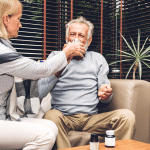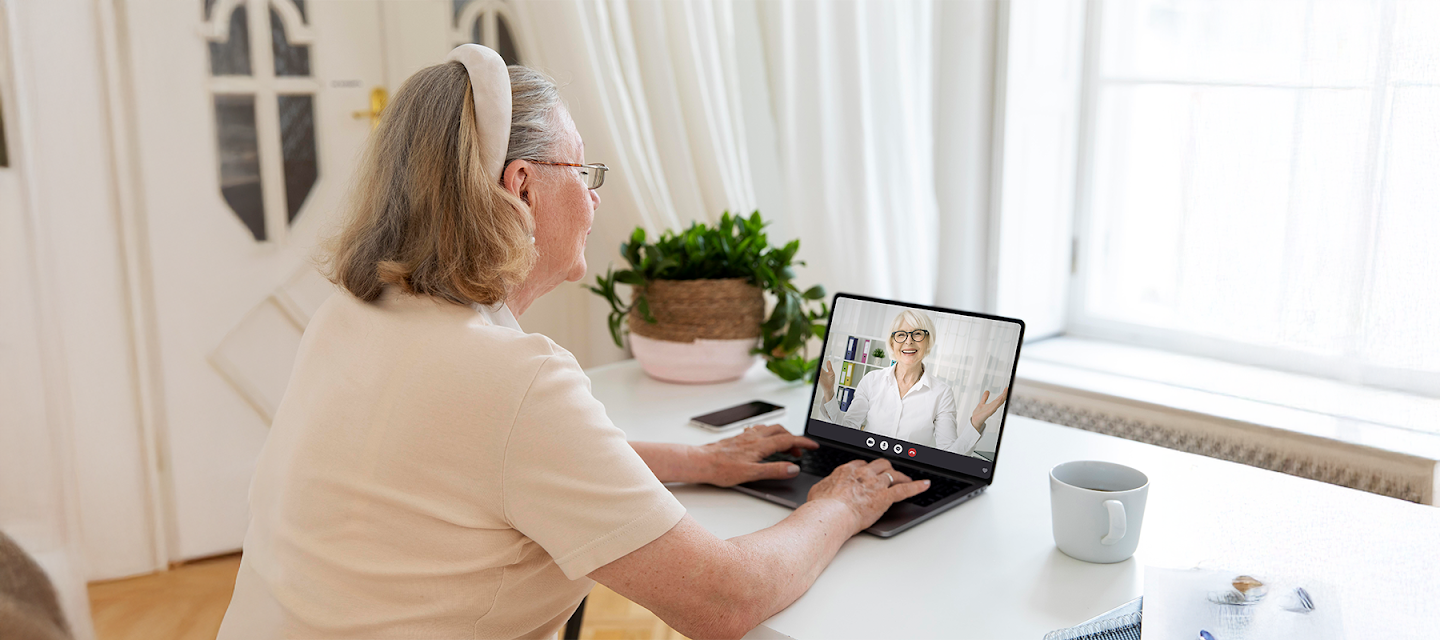A community-based exercise program for adults can be a game-changer. As we age, we start gradually losing our muscles, strength, and flexibility. Moreover, we sometimes struggle with severe health issues like cardiovascular disease, arthritis, chronic stress, and obesity. Incorporating community-based fitness programs can help us regain our strength and flexibility in such conditions. In this blog, we will enlighten you about every detail related to community-based fitness exercises.
Community-based Fitness Exercise

Challenges and Costs
We have a very restricted and ascertained understanding of the characteristics and efficacy of community-oriented exercise programs, especially when we implement these programs outside urban areas. Rural settings often experience singular challenges. There needs to be more access to the resources, equipment, transportation, and services, along with certain costs to run and operate programs.
Community-driven programs have been identified and enforced in various rural, urban, and regional settings. They have also demonstrated effectiveness across these diverse environments.
Aim
The study on community-driven fitness programs for health, hygiene, and nutrition specifically aims to compare the effects of community-oriented muscle-loading exercise modes and volumes on the musculoskeletal system in elderly people.
On the other hand, a secondary objective, as well as intention, was to demonstrate the guidance for succeeding exercise programs in the present settings and highlight future research directions and counseling.
Derivations & Results

Community-driven exercise programs have exhibited practicable habits. The study particularly analyzed the exercise programs with the accommodation of a controlled design.
We recruited women and men from senior centers and served them further through the country’s Area Agency on Aging. The participants who got involved enrolled in new classes.
Controls were enforced from matched sites that were not offering classes. Additionally, the corroborated measures of physical function, exercising self-efficacy, balance, and activities of daily living (ADL) confidence were assessed at the baseline and after 3 months.
We found substantial advancement and improvements in upper and lower body strength. Participants achieved endurance in aerobics, established mobility, and exercised self-efficacy. Most importantly, they attained balance throughout the procedure, though not control.
The activities of daily living confidence were not altered, whereas moderate diminution happened in controls.

Physical Performance Indicators and Functional Tests
1. Strength of hand grip
Participants performed the test while sitting upright, holding a hand dynamometer in the dominant hand with the elbow flexing about 90%. Moreover, they maintained a stable position throughout the test.
We required the participants to compress the dynamometer handle with utmost effort. Additionally, we asked them to become comfortable and familiar with the instruments, equipment, and procedure before performing the test four consecutive times, with a one-minute break between each attempt. We excluded poor executions and calculated the average score.
2. Isometrical Strength Measurement
Isometric strength was measured and calculated on a Jackson strength test device.
The correlation between this form of isometric strength test and the maximum strength test by 1 repetition remains within 0.91 to 0.94. When the isometric strength test was equated against a collection of manual labor tasks like load lifting, push, and pull constraint tasks, the correlation came out to be much lower, at 0.63 to 0.91.
The participants stood vertically on the base plate with their feet shoulder-width apart, straight backs, and bent knees, while both arms held the lifting bar. Additionally, they maintained this position throughout the exercise.
The participants exerted maximum effort by pulling the lifting bar upward in an un-sloped row exercise movement.
3. Trunk Flexibility Measurement
We usually measure trunk flexibility using the sit-and-reach test. First, we asked the participants to sit on the floor with their feet shoulder-width apart, place them against the surface of the seat, and reach the box.
Next, we asked them to flex their hips and extend their arms as far as possible without bending their knees.
Subsequently, we held the final position for 2 seconds and gave the participants time to warm up and 4 attempts, with 10-second intervals between each.

Health Benefits
Community-based fitness exercises have received overwhelming responses in the last few years. These programs contain a wide range of group exercises, motivating the whole community to come and attend these effective fitness sessions. By incorporating this community-based fitness program, you will get to explore multiple health benefits, such as:
Improves Your Heart’s health
Community-based exercises involve a lot of aerobic sessions, which are extremely good for your heart. Engaging in such cardio or aerobic sessions will nourish your heart muscles and improve artery functions. Cardio exercises such as running, swimming, cross-training, and cycling can enhance the blood flow in your heart, reducing the risk of heart attacks and blockages.
Reduces the risk of Obesity
Attending these community-based fitness programs will help you reduce excess body fat and maintain an ideal body weight. Practicing these community-based fitness exercises daily can burn extra calories and reduce the risk of obesity. However, following a healthy diet plan along with the exercises is recommended for better results.
Enhances strength and flexibility
If you want to boost your overall strength and flexibility, you must opt for these community-based fitness exercises. This community-based fitness program aims to improve your flexibility and strength. Practicing exercises like Pilates, squats, and yoga will minimize your body’s stiffness. These exercises can also improve mobility and contribute to smooth body functions. However, it would be best if you remained consistent in this community-based fitness journey.
Improves your mental state
Beyond physical benefits, these community-based exercises can also improve your mental well-being. Incorporating such group sessions will reduce depression, anxiety, and stress levels. Also, practicing these exercises can boost the secretion of happy hormones like dopamine and serotonin, which play an active role in mental well-being.
Reduces Muscle pain
Try this community-based fitness program if you suffer from joint or muscle pain. These programs include yoga sessions, stretching and mobility exercises, and more. All these exercises are effective in reducing muscle tension. Regular community-based fitness exercises can relieve unbearable muscle pain and become a useful public health strategy for renewed lifestyles with specific training loads.
Conclusion
The study on community-based fitness programs and models suggests that a 6-month program with a personalized training load contributes to greater physical activity and diminishes diastolic blood pressure.
That is how community-driven exercise programs, regimes, and activities improve health and strength. Incorporating these exercises can offer long-term health benefits and enhance flexibility.
For more health and wellness blogs and updates, stay tuned to World of Heal.
Exciting guest posting opportunities are available on our website! For details, contact us at affiliates[@]prasarnet[.]com.

Pamela is a creative content writer and editor with experience working with various multinational agencies. She is known for her dynamic approach and enthusiasm in publishing engaging and insightful articles.














